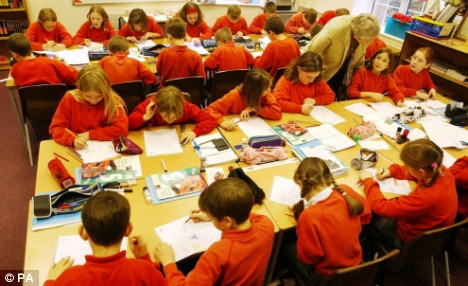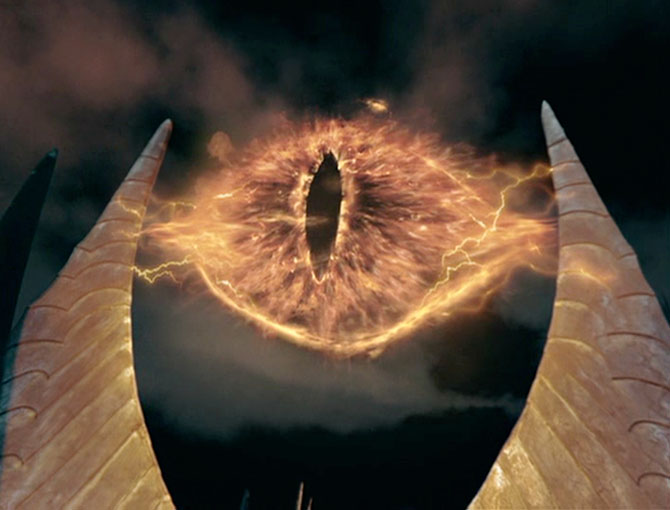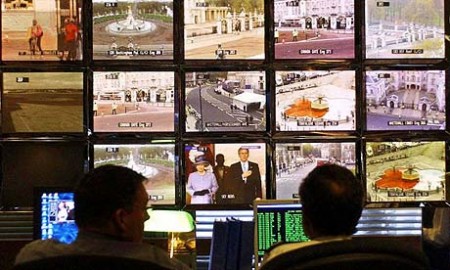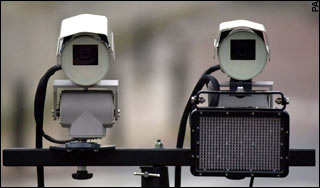Centuries of British civil liberties risk being broken by the relentless pressure from the ‘security state’, the country’s top prosecutor has warned.
Outgoing Director of Public Prosecutions Sir Ken Macdonald warned that the expansion of technology by the state into everyday life could create a world future generations “can’t bear”.
In his wide-ranging speech, Sir Ken appeared to condemn a series of key Government policies, attacking terrorism proposals – including 42 day detention – identity card plans and the “paraphernalia of paranoia”.
Instead, he said, the Government should insist that “our rights are priceless” and that: “The best way to face down those threats is to strengthen our institutions rather than to degrade them.”
The intervention will be seen as a significant setback to Home Secretary Jacqui Smith who last week saw her plans to lock up terror suspects for 42 days before being charged thrown out by the House of Lords.
It is also a blow to Miss Smith’s plans for a super-database to record the details of millions of people’s online presence, including emails, SMS messages and Facebook profiles as well as the controversial identity card programme.
Sir Ken chose to issue his tough warning about the perils of the “Big Brother” state in his final speech as DPP, days before he leaves his post at the end of this month.
He warned that MPs should “take very great care to imagine the world we are creating before we build it. We might end up living with something we can’t bear”.
Sir Ken, who has held the post for the past five years, said: “We need to take very great care not to fall into a way of life in which freedom’s back is broken by the relentless pressure of a security State.
“Technology gives the State enormous powers of access to knowledge and information about each of us, and the ability to collect and store it at will.”
Read moreSir Ken Macdonald: Centuries of British freedoms being broken by security state





